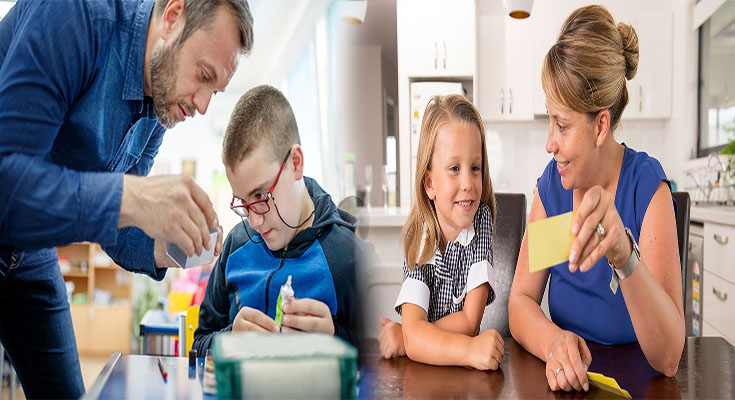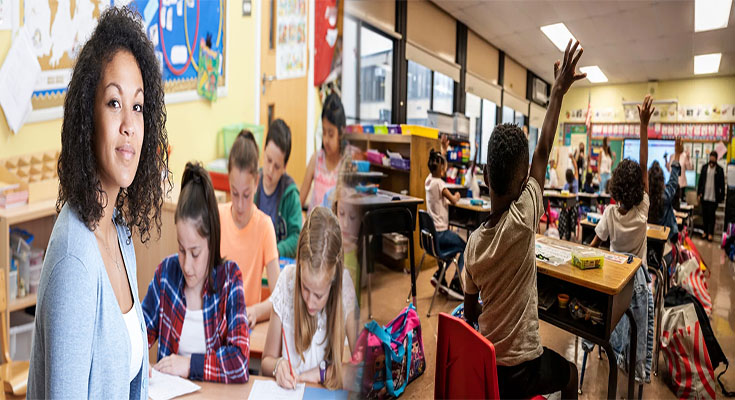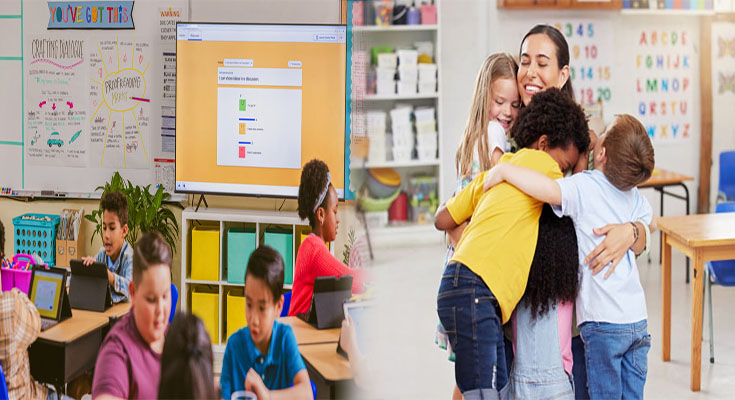
How the Secretary of Education Influences National Education Reform
The Secretary of Education in the United States holds a pivotal role in shaping and guiding the direction of education policy and reform at the national level. With responsibilities ranging from overseeing federal education programs to advocating for educational equity and excellence, the Secretary of Education plays a significant role in driving systemic change and improvement within the education system. Here, we explore how the Secretary of Education influences national education reform:
Policy Formation and Advocacy:
One of the primary ways the Secretary of Education influences national education reform is through policy formation and advocacy. Working closely with the President, Congress, and other federal agencies, the Secretary helps shape education policies, initiatives, and funding priorities that impact schools, educators, and students across the country.
Implementation of Federal Programs:
The Secretary of Education is responsible for overseeing the implementation of federal education programs, such as Title I funding for …
How the Secretary of Education Influences National Education Reform Read More




